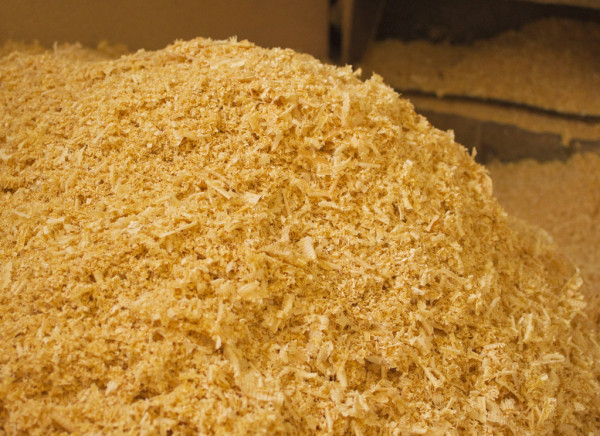How to properly store sawdust
The topic of storing sawdust is not as widespread as its use in many industries. This material often helps out summer residents and builders, and it is also used to make biofuel. How much space you will need to store them depends on the purpose for which you plan to use the sawdust.
A small bag can be easily stored anywhere, but for a huge amount you need to have a specially equipped place that is equipped with ventilation structures, has a hard surface, and in which it is possible to maintain humidity within 20%. This will also require a lot of free space in the open air.

Wet sawdust should be stored in bulk. At the same time, they must stand for about 5–7 days in order for the moisture to partially evaporate from them. If there is no floor covering and no storage space, sawdust can be stored under a light awning. It is necessary to cover in such a way that there are gaps for ventilation of the top layer of up to one and a half meters and evaporation of moisture. It is better to compact the bottom of the embankment with a so-called cushion of low-grade sawdust with a height of 30 cm to 1 m.
If there is a need and opportunity, bulk wood is stored in open warehouses in the form of conical or prismatic piles up to 5 meters high. Under the sawdust there should be a floor made of concrete, asphalt or wood. Wooden flooring (no less than 6 cm) must be treated with a disinfectant. The width or diameter of the riot should be no more than 15 m, and the length has no edges.
Cm.video on how to make sawdust storage from scrap materials:
Bulk wood can also be stored in piles (10-12 m high). Then it will be necessary to ensure that the walls of the room have wooden pipes with holes for ventilation. Pipes should be laid horizontally in a checkerboard pattern according to the height of the coil. The correct distance between them is no more than 4 meters. Sawdust should be stored in heaps no longer than 4 months in the summer and 6 months in the winter, taking into account the day of their preparation.
Bulk wood intended for the production of fuel is usually stored in the open air. Over the course of a season, the humidity of sawdust becomes an order of magnitude higher. This may cause rot. If sawdust is left in the dumps for a long time, spontaneous combustion may occur.






















